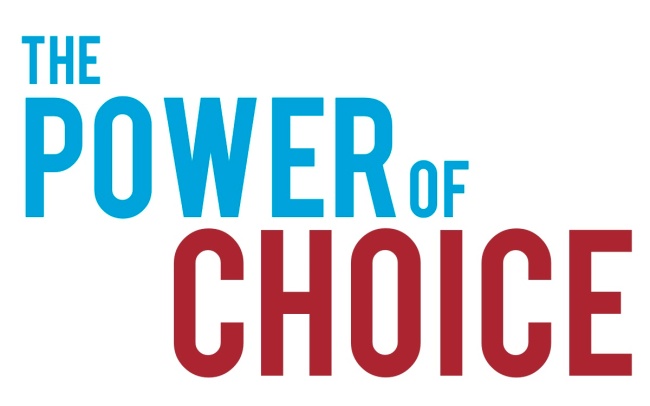
I often hear complaints from parents about the difficulty or impracticality of “new math” and this is especially prevalent on social media. I also hear complaints from teachers about parents not taking the time to understand the new curriculum or the methodology behind it. To be sure, there are parents that prefer “new math” and there are definitely teachers who favor “old math.” But by in large there is a divide and at times, that divide is polarizing.
In my opinion, there is no exact right or wrong way to teach a math concept. Let’s take multiplication for instance. Some teachers insist on using tried-and-true multiplication tables. Many teach multiplication by using groups of objects. Others have found success teaching multiplication by employing the number line. And most recently, math apps have shown potential to be effective learning tools.
Instead of focusing on “new math” or “old math,” both teachers and parents should embrace the concept of choice. Not all kids learn the same; that’s a fact that has been researched again and again. Some kids learn best by doing, some learn best with visuals, some learn best with written instruction. To get the best from each child, teachers need to vary the mode of instruction and whenever possible, let kids choose from a variety of options.
Not only does this make them feel empowered and allow them to receive their preferred modality, but it also holds them accountable. In addition, students that are active and emotionally connected eventually become intrinsically motivated. As adults, we know that making good choices will be paramount in these students’ future lives. Why not practice that skill now? By giving them choices, we are also assuming competence, which is another way of upholding high expectations. With that assumption, we’re also providing our students with a baseline of confidence, which helps their self-efficacy.
Below are some simple choices that can be woven into just about any math curriculum.
Choices include:
Choice of timing
Choice of grouping
Choice of roles within group
Choice of location
Choice of outcome or finished product
Read more about the power of choice from the Ohio Resource Center for Mathematics, Science, and Reading.